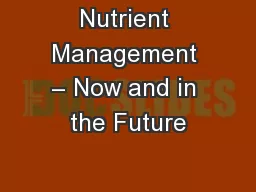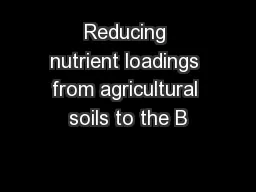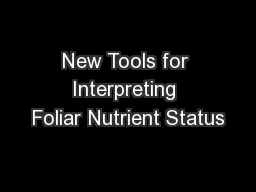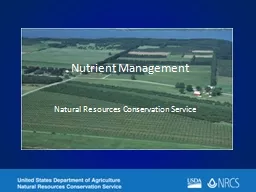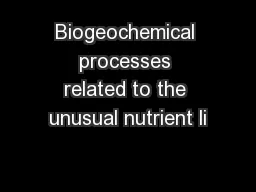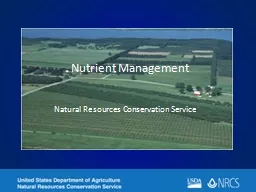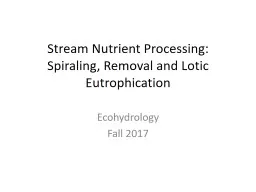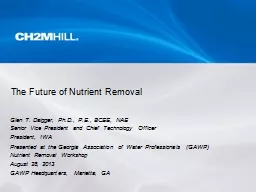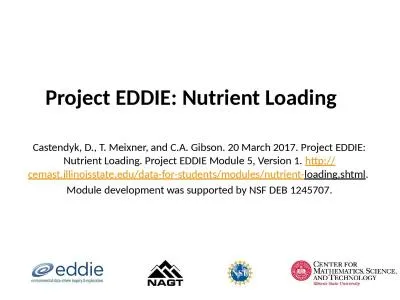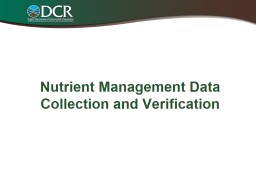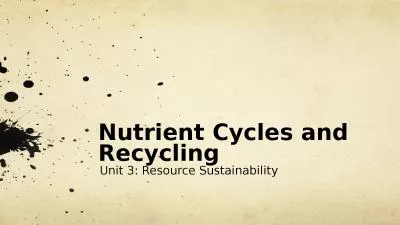PPT-Nutrient Management – Now and in the Future
Author : faustina-dinatale | Published Date : 2017-04-21
Richard Ferguson Tim Shaver University of Nebraska Origins of Soil Spatial V ariability Natural Soil f c o r p t H Jenny 1941 c climate o organisms plants microbes
Presentation Embed Code
Download Presentation
Download Presentation The PPT/PDF document "Nutrient Management – Now and in the F..." is the property of its rightful owner. Permission is granted to download and print the materials on this website for personal, non-commercial use only, and to display it on your personal computer provided you do not modify the materials and that you retain all copyright notices contained in the materials. By downloading content from our website, you accept the terms of this agreement.
Nutrient Management – Now and in the Future: Transcript
Download Rules Of Document
"Nutrient Management – Now and in the Future"The content belongs to its owner. You may download and print it for personal use, without modification, and keep all copyright notices. By downloading, you agree to these terms.
Related Documents

